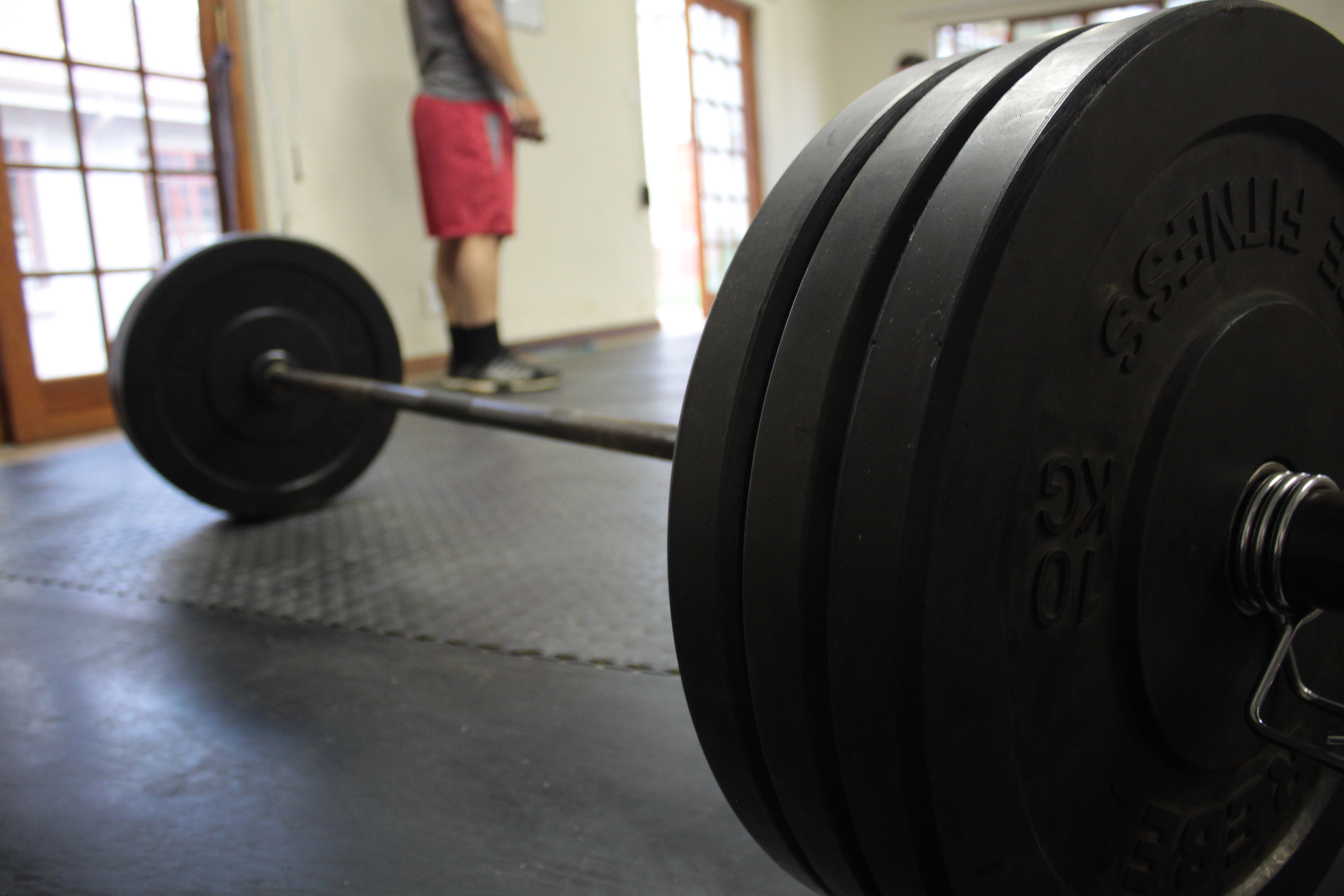In our last post about heavy ropes we talked about the heavy rope wood chopper exercise. While it is a great exercise, it does have variations that can help to keep things interesting for an athlete. This post is going to talk about performing the exercise to the sides to help develop more muscles.
To perform this exercise, begin with the ropes in between the athlete’s feet. The athlete should be standing so that their feet are approximately hip-width apart. Grip the ropes in both hands. The chest should be out, shoulders back, slight bend in the knees, and the arms should be straight.
From here, the athlete will raise their arms (and the rope) overhead. Then they will slam the rope down towards their left side, just outside their left foot. They will reverse directions, lift the rope overhead, then slam it down towards their right side, just outside their right foot. They will continue moving back and forth rhythmically until time has expired or until the desired number of repetitions have been performed.
This is a great total body exercise. This variation of the wood chopper fits in a warm up, can be a metabolic conditioning tool, and can even be a finishing exercise in a strength and conditioning session.
The challenges with this exercise is that only one athlete can exercise at a time. This makes it difficult in a team strength and conditioning setting because you would have to have enough heavy ropes for a significant portion of your team to be able to use them at one time. These heavy rope exercises also require a lot of space, at least a good 6-10 feet so doing this in a team setting requires enough equipment, but also enough space, for a large part of your team to use them at one time.
Below are two examples of incorporating this exercise into both a warm up and a strength and conditioning session. You can see that in the warm up it fits right in with the general, total body exercises that are being performed. Each of these exercises lends itself to being done for time and the entire session is performed circuit-style.
In the second example, supplemental exercises (kettlebell, heavy ropes, and suspension trainers) are being used to keep the athletes busy in a team setting. One athlete performs the main exercise (squats, etc.), two load/spot, and one is doing supplemental exercises.
| Warm Up | Session |
| General Warm Up (repeat 3x): Jump rope 30” Kettlebell swings 30” Heavy rope wood choppers (side) 30” Inchworms 30” Bear crawls 30” Specific Warm Up: Mobility drills Light sets of the first exercise | Back squats, 3×4-8×80-85% Romanian deadlifts, 3×4-8 Bench press, 3×4-8×80-85% Bent-over rows, 3×4-8 Standing military press, 3×4-8 Supplemental (to be done in-between sets of the above exercises) Kettlebell swings, 3×3 Heavy rope wood choppers (side), 3×10 each side Suspension Trainer Press, 3×10 Suspension Trainer Row, 3×10 Heavy rope slams, 3×10 |



